News Categories
Disposable syringes
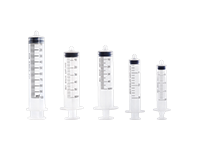
Disposable syringes
Safety Syringes/ Auto-Disable Syringes
Safety Syringes/ Auto-Disable Syringes
Oral/Enteral Syringes
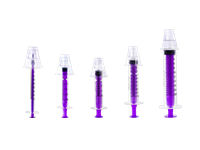
Oral/Enteral Syringes
Infusion Sets
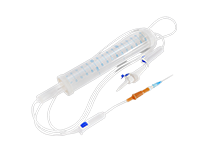
Infusion Sets
Urine Bags
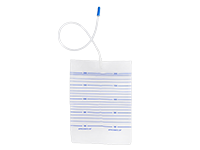
Urine Bags
Urine Cups
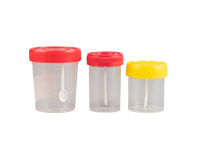
Urine Cups
Material used:
Treatment vehicle: medical urine bag, sterile gloves, complexing iodine, cotton swab, hemostatic forceps, adhesive tape, scissors, cover, bending plate, treatment towel
Public toilet spare scissors
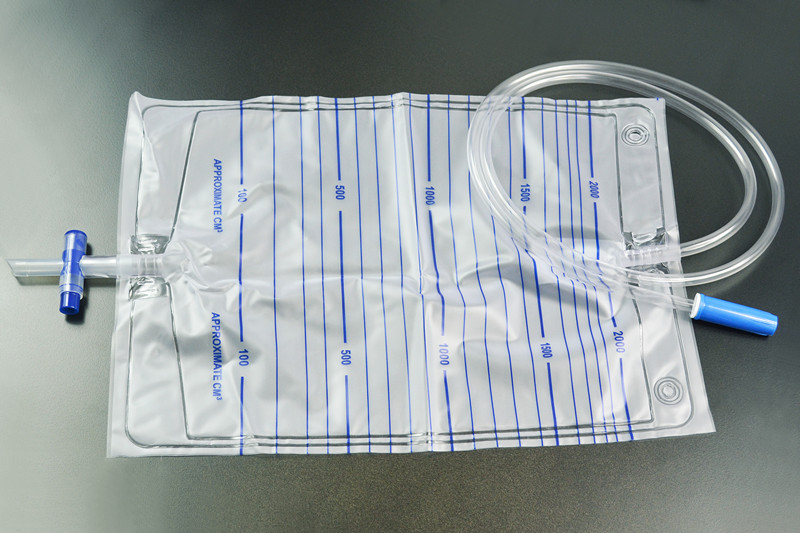
Operation steps:
1. Check and restore the medical records.
2. Wash hands and wear masks. Cut adhesive tape, restore adhesive tape, write the date, time, responsible person.
3. Check the outer package of the medical urine bag and its validity period. Cut off the outer package of the medical urine bag and paste adhesive tape.
4. Push the cart to the bedside, check and explain, assist the patient to position, and lay the treatment towel under the joint of the urinary catheter.
5. Squeeze the catheter gently, clamp the catheter tightly with a vascular clamp; open the gloves on the bedside table, discard the outer package on the second layer of the car, separate the catheter and cover it.
6. Disinfect the catheter, connect the medical urine bag, loosen the hemostatic forceps, and restore the forceps to the treatment plate.
7. Fix the medical urine bag properly.
8. Remove the treatment towel in the curved disk, take down the dirty medical urine bag, and discard the medical urine bag and curved plate in the medical garbage can in the public toilet, wash and hang the damaged scissors, and destroy the shape of gloves.
9. Wash hands and make beds.
10. Return to the treatment room, restore the object to its original position and wipe the treatment cart
11. Wash hands and take out masks.
Theory:
1. Objective: To study the clinical application of this method
(1) Catheterization was performed before the operation of pelvic organs to empty the bladder and avoid accidental injury during the operation.
(2) Retention of the catheter for coma, urinary incontinence, or perineum injury, to maintain local dry, clean; some urinary system diseases after surgery, to promote the recovery of bladder function and wound healing.
2. Precautions
(1) Keep the drainage tube unobstructed, prevent the joint from slipping, and avoid distortion and obstruction
Plug and fold the drainage tube.
(2) Observe the color, character, and quantity of drainage fluid, and make records.
Quick Response within 24 hours!
Tel: (+)86-519-88168398
WhatsApp: +86-13961432323
Email: sale01@lelun.com
HengShanQiao Town, out of East Gate, Changzhou ,Jiangsu, China
Changzhou Medical Appliances General Factory Co., Ltd. was built in 1988, it is a modern factory specialized in producing the disposable medical appliances in China. The factory is only 1km to Hengshan entrance of Huning high-speed road and is about 20 miles to Changzhou airport. So the traffic is convenience.
The area of the factory is 40000㎡, the area of purifying workshop is 7000m, and fixed assets are about 5,000,000USD. Our main products are Disposable infusion sets, Disposable blood transfusion sets, Disposable Sterile syringe sets, latex glove, disposable infusion set, simple oxygen mask, nebulizer mask, urine cup, hernia mesh, urine bag etc. Now we can manufacture more than 200,000,000 sets per year.